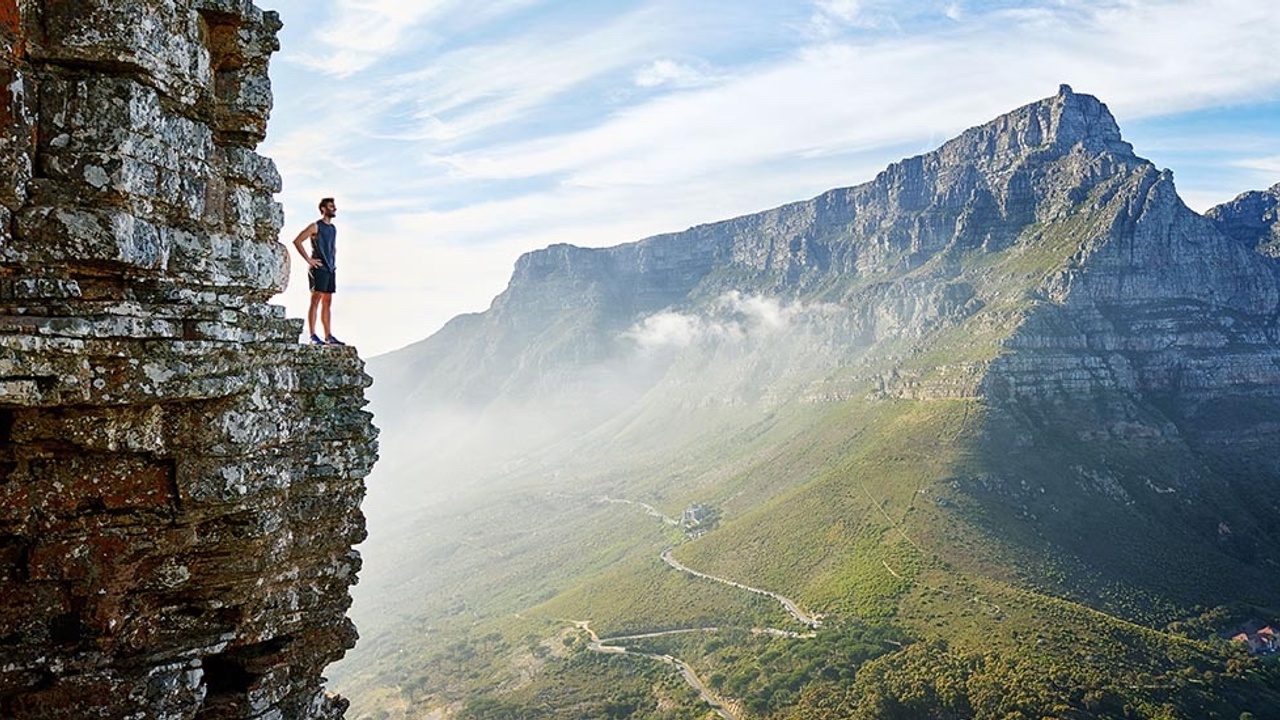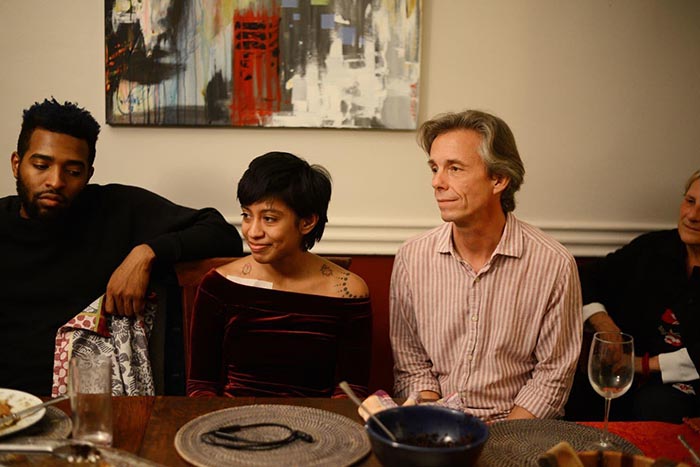Do You Want to Climb Your Second Mountain?
Apr 29, 2019
An Antidote to Social Isolation and Loneliness
In recent years, much has been written about the increase in social isolation and loneliness. While, historically, social isolation and loneliness have been most strongly associated with older adults, recent studies indicate the loneliest generation may be Generation Z, the oldest of whom are in college. Loneliness, it seems, is age agnostic. Research indicates nearly half of Americans are sometimes or always feeling alone or left out.
Much less has been written about what has caused it and what can be done about it. David Brooks, best-selling author and long-time New York Times columnist, offers both theories and solutions in his new book, The Second Mountain: The Quest for a Moral Life.
In short, Brooks believes our society has shifted too much toward individualism over commitments to one another. He describes it as a shift from the “We’re All In This Together” moral ecology of the post-war years to the “I’m Free to Be Myself” mentality. The pressures of social conformity of the 1950s had huge drawbacks, not the least of which was limited acceptance and rights of women, minorities and LGBTQ groups. However, a shift to hyperindividualism has lead to a society where people live further and further part from one another – socially, emotionally and physically.
Brooks antidote is a rebellion against the rebellion of the ’50s. He argues that each of us needs to make a commitment to those around us. In so doing, we can reinstitute the social bonds of prior times with a more accepting view of those who are different than us. If enough of us do this at an individual level, the argument goes, this will become a seachange for our broader society that creates new norms.
Do You Want to Climb Your Second Mountain?
Brooks argues that while happiness is good, joy is better. The first mountain, in his view, is about satisfying the ego and achieving worldly success. The second mountain is about a shift in thinking to others and is inherently relational. Summiting the second mountain creates a legacy and an enduring purpose.
The Age of Longevity creates opportunities for us to summit multiple mountains.
One of the questions is whether you wish to challenge the traditional three stage life model: grow up – work – retire. This is the first mountain mindset. One of the problems with this model can be finding sustained purpose, particularly in the retirement phase. We know purpose is key to long-term health and well-being: Having purpose has been linked to a number of positive outcomes, including better sleep, fewer strokes and heart attacks, and a lower risk of dementia, disability and premature death.

Bethesda Row, Bethesda, Maryland: An example of a walkable mixed-use development that naturally brings people together
The Importance of Place in Ascending the Second Mountain
If you choose to challenge this existing three-stage life model, one of the next questions becomes are you in the right place to climb the second mountain? We are all impacted by the prevailing culture around us. Are you around others who are climbing their second mountain who can help and encourage you? In the case of David Brooks, when he decided to climb the second mountain, he realized he needed to broaden his circle of friends that shared this interest and he was fortunate to be able to find them in his existing metropolitan area.
Physical space matters, too. Do you reside in a home that is too far removed from connecting with others? Are you in a place that naturally brings you in contact with others? We have seen the benefit of creating spaces that make it easier to connect people, including across ages.
Tips on Creating Community
Brooks concludes his book with a series of recommendations to help build community. These steps include:
- Make a Commitment. Building a community, like a relationship, is a slow, complex process and requires that you are present and engaged.
- See Neighborhood as the Unit of Change. Building community involves seeing the neighborhood, not the individual, as the essential unit of change. Here, a swimming pool metaphor fits: You can’t clean only the part of the pool you are swimming in.
- Convene. People need to get together regularly to get to know one another. Potlucks, front porch gatherings, block parties and weekly gatherings over meals are good examples.

A Weekly Meal organized by All Our Kids, a D.C. Based Organization (Astrid Riecken/For The Washington Post)
Take the Right Place, Right Time Assessment
Are you in the right place for right now? This quick assessment will reveal opportunities to improve your life.
Subscribe to The Blog
We hate SPAM. We will never sell your information, for any reason.

